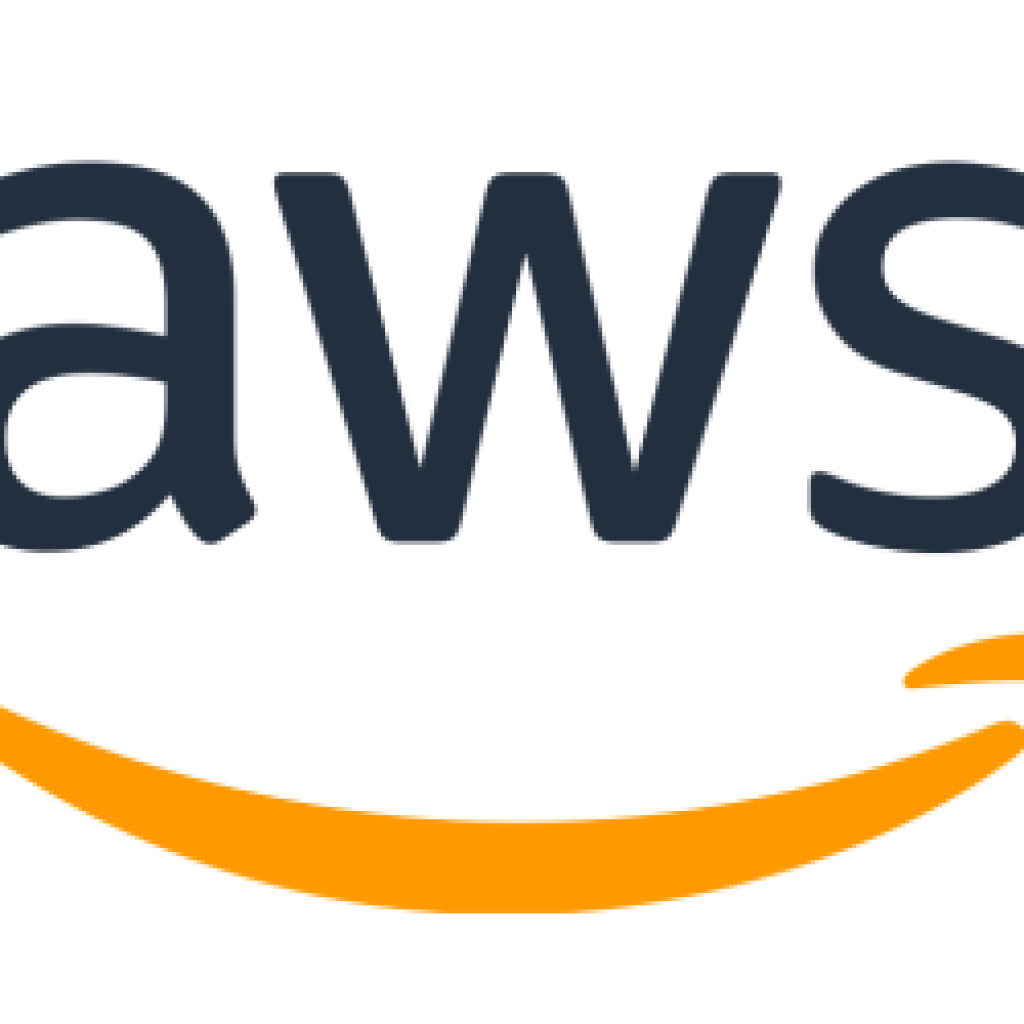Richard Moulds, general manager of Amazon Braket, gave a talk Wednesday at IQT’s Quantum Enterprise event in San Diego explaining why the Amazon Web Services got into the business of offering a quantum computing cloud services, and it all comes down to LOVE.
After seeing Moulds speak, no one will question his love for quantum, but in this case LOVE is short for Learning, Orchestration, Velocity and Engagement, the four key tenets driving Amazon Braket.
Learning
“AWS is a broad portfolio of services, a wide variety of technologies, everything from streaming to databases to artificial intelligence, IoT, robotics, and of course, compute, all delivered through a pay-as-you-go on-demand model with essentially a consistent commercial experience,” Moulds said. “Why Amazon chose four years or so ago to get into the area of quantum computing obviously is because customers asked us to. Customers were telling us that they were frustrated how hard it was to get to grips with quantum computers. When was it going to be interesting, what might people do with it, you know, what works, what doesn’t work, and just how could they get their head around it?”
So instead of building a quantum computer itself, Amazon instead decided to build a service that users could easily access and use in the cloud as they started their journey learning about quantum computing and what it could do for them. This included making a wide variety of quantum processors available. “It’s all about getting started easy, and that means not limiting customers to a single technology,” Moulds said.
Orchestration
Moulds said that quantum computing continues to live in a hybrid world, and that a quantum computing cloud service needs to reflect that. That was the thinking behind the recently expanded Amazon Braket Hybrid Jobs service supporting high-performance embedded circuit simulators available in the same container as a user’s application code.
“People use a cloud service because it gives them essentially unlimited resources. It’s all about scale. It’s all about elasticity. It’s effectively about infinite results,” which places great importance on the tools to orchestrate those resources together in a way that makes them as efficient as possible to use.
.“The folks who are trying to solve these really hard problems, who are pushing the limits of classical computers, they’re the ones that are drawn to the cloud, because that’s what they can get their hands on a large amount of resources quickly and cheaply and get rid of it when they don’t need it anymore,” Moulds said.
Velocity
Another benefit of the cloud is the ability “to change one’s infrastructure on the fly and follow demand, reacting to the changing use cases or customer demand,” Moulds said. “That’s incredibly important in quantum, a really dynamic environment where you need to be able to be flexible and move at the speed the customer wants to move as this technology becomes more critical to them.”
Velocity was reflected in the building of the Hybrid Jobs feature, a highly iterative, high-speed loops allowing the quick convergence of algorithms and high-performance simulators in a single container.
Engagement
“Clouds are all about being open for everybody to use,” Moulds said. “Quantum computing is a really diverse and fragmented subject. There are hardware manufacturers, physicists, software experts, people really specifically focused on one area, consultants, educators. I think it’s important to bring them together and see Braket as it as a town square. For quantum we are big believers in Amazon in the notion of innovation being a flywheel. In the context of quantum, that means innovating on lots of different fronts at the same time–the software side, government side, hardware side and go-to-markets.”
Innovation should not just be coming from big companies with deep pockets innovating in their own darkened rooms, but by involving everyone. “By bringing everybody in, we think innovation is quicker,” Moulds said. “The more people that get involved, the easier all of this will be.”
Dan O’Shea has covered telecommunications and related topics including semiconductors, sensors, retail systems, digital payments and quantum computing/technology for over 25 years.
